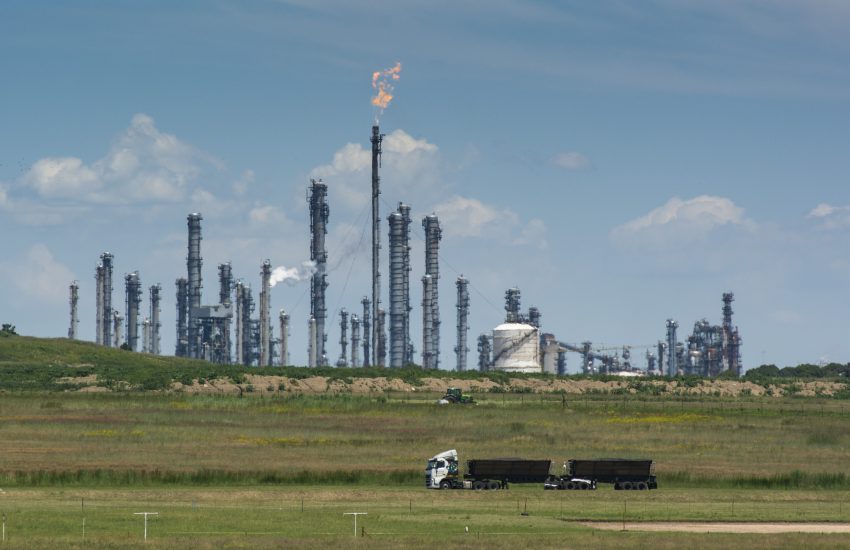A new report by the International Energy Agency, released on March 13, found that for the third year in a row, methane released by the fossil fuel industry rose to an almost record high in 2023.
Methane emissions are a significant contributor to global warming, second only to carbon dioxide. Although methane is better at trapping heat into the atmosphere, trapping almost 80 times more heat than carbon dioxide over a two-decade period, it is relatively short-lived, making it an attractive way to more efficiently reduce climate change.
According to the U.N. Environmental Program, methane is responsible for approximately 30 percent of today’s global warming. Only 40 percent of methane released comes from natural sources, such as wetlands. Human activities, namely the agriculture and energy sectors, account for the other 60 percent.
Moreover, two-thirds of methane emissions from fossil fuels come from only 10 countries. Unfortunately, the United States generates the most emissions from the oil and gas sector while China produces the most methane from coal production.
Notably, a separate study published on the same day in the journal Nature found that natural gas wells, pipelines, and compressors, are emitting three times the amount of methane gas than previously thought by the U.S. Government. In fact, about 3 percent of U.S. gas produced is wasted into the air, which amounts to approximately 6.2 million tons of methane per hour in leaks measured over the daytime. This loss could account for almost $1 billion in annual commercial gas revenue.
Fortunately, solutions to this growing problem may be quickly on the horizon. To help better track the amount of methane being released into the environment, a U.S.-based non-profit organization, the Environmental Defense Fund, launched satellite MethaneSAT into space in early March to track global-warming pollution.
Additionally, more than half of U.S. methane-emission sources come from 1 percent of gas sites. Moreover, in December 2023, the Environmental Protection Agency issued a final rule to significantly reduce methane and other harmful air pollutants from the oil and natural gas industry. Therefore, it is likely we will continue to see increased efforts to reduce methane emissions on both a national and global level over the next several years.

